Newsdesk Archive

Cannabis has been used medicinally to help manage pain for thousands of years – before prohibition began.
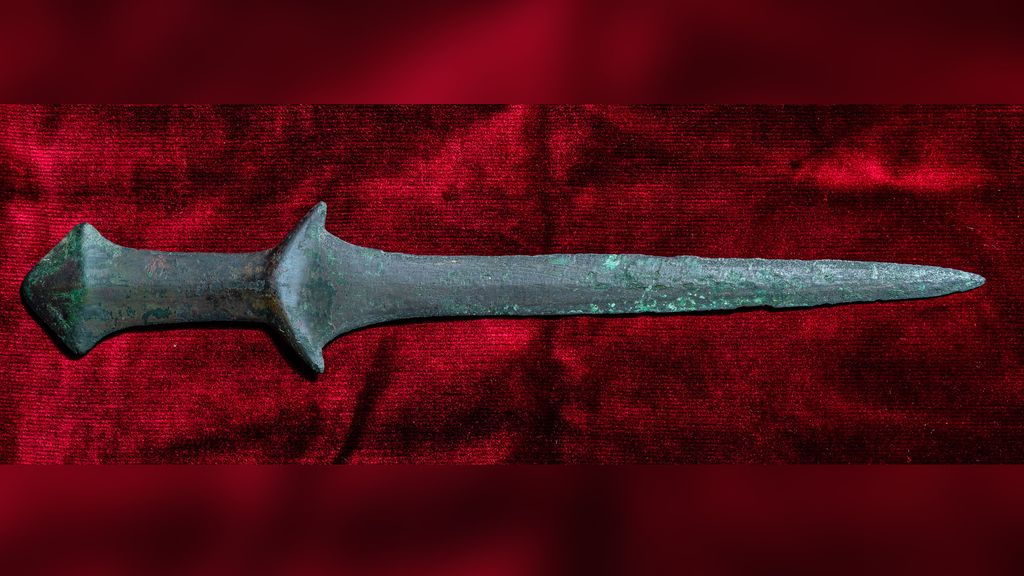
A keen-eyed archaeology student made the find of a lifetime when she spotted one of the oldest swords on record, mistakenly grouped with medieval artifacts in a secluded Italian museum.
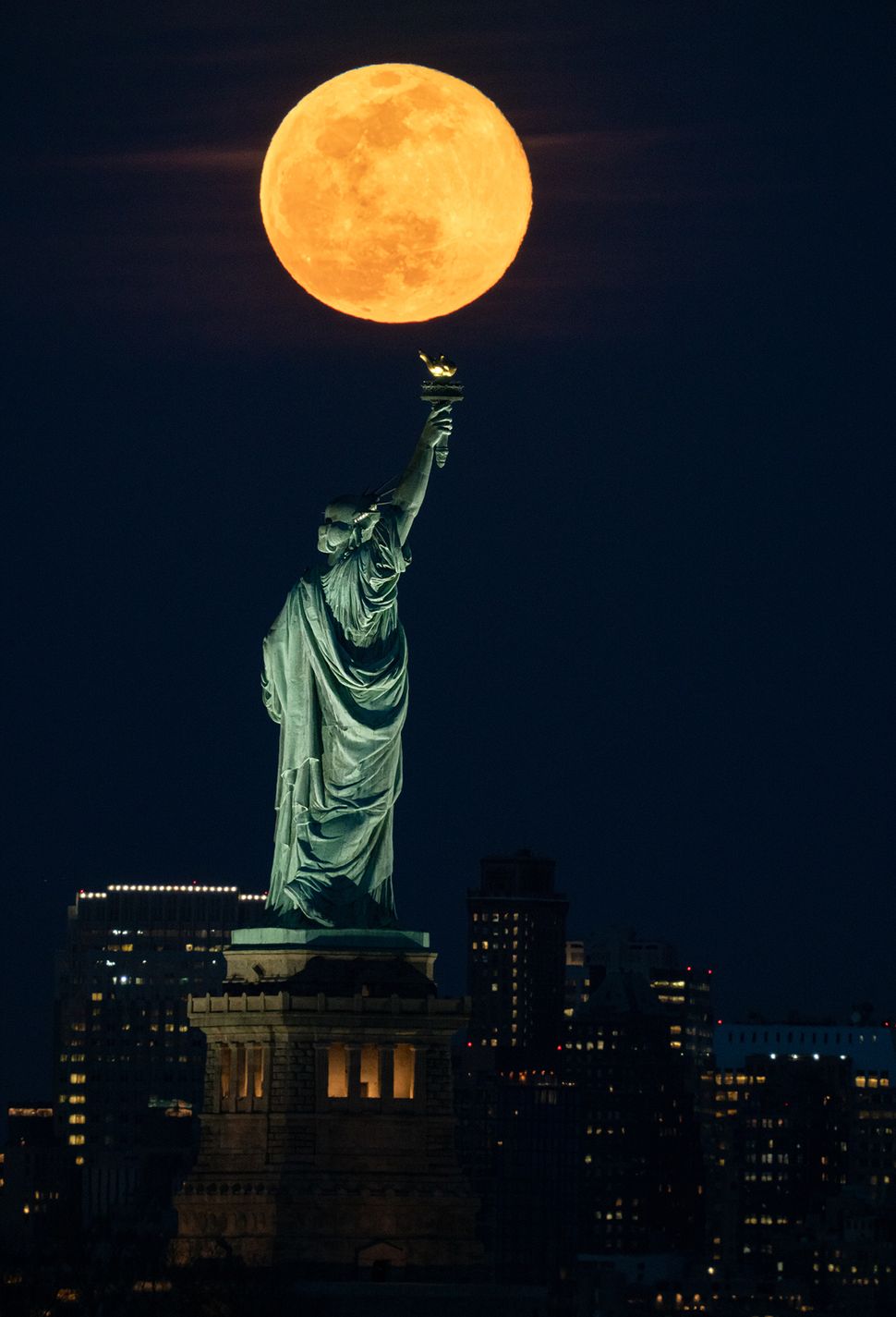
Since the moon does not orbit our planet in a perfect circle, at times the full moon coincides with the satellite's closest approach to our planet. The full moon of March, known as the Worm Moon, arrived on Monday at 1:48 p.m. and it reached perigee, its closest point to Earth, on March 10 at 2:33 a.m. nearly 13 hours later.

The experiment is an attempt to grow human tissue by sending adult human stem cells into space, and allowing them to grow in space. Eventually, it is hoped, the stem cells will develop into bone, cartilage and other organs. If that is successful, the discoveries could be used to try and grow organs for transplant, the scientists involved say.
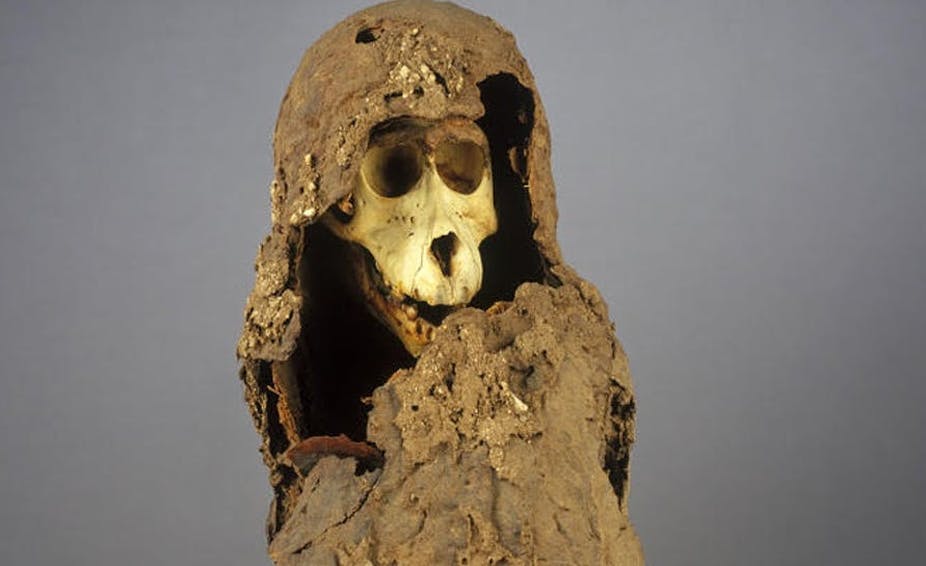
In a recent study we applied this tool to animals for the first time, when we studied the remains of baboons held captive in ancient Egypt. Our findings show that they had a distinctive oral microbiome when compared to ancient and modern humans, Neanderthals and a wild chimpanzee.

A huge asteroid is set to make a close pass by Earth in April, and although it's considered "potentially hazardous" to astronomers, the only show it will be putting on over the next few centuries will be in the night sky.

In 2016, Barack Obama declared the Bears Ears in Utah, – a pair of buttes towering above Cedar Mesa, a national monument. At the time, it was considered a victory for Native American tribes and land conservationists, as the sacred area is home to archaeological sites, including an ancient cliff.

The 250,000-year-old fossilised skull was discovered in a mine in what was then Northern Rhodesia in 1921. The skull represents a Homo species that lacks some of the characteristics of extinct Neanderthals and modern mankind.
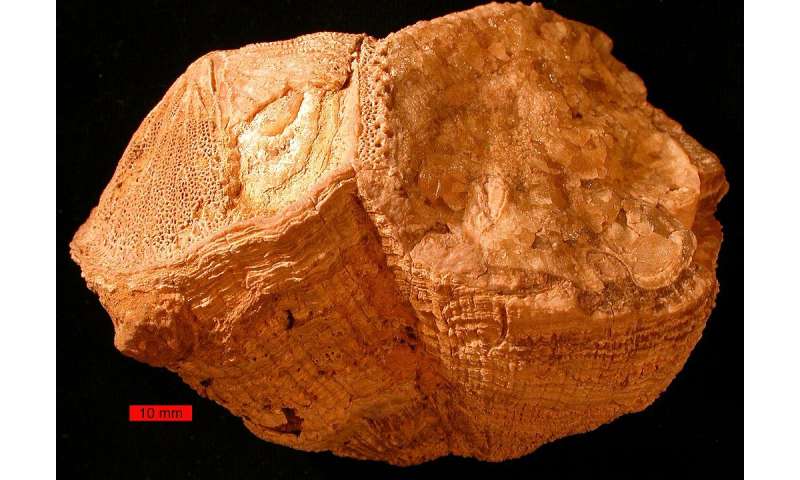
Earth turned faster at the end of the time of the dinosaurs than it does today, rotating 372 times a year, compared to the current 365, according to a new study of fossil mollusk shells from the late Cretaceous.

A star that pulsates on just one side has been discovered in the Milky Way about 1500 light years from Earth. It is the first of its kind to be found and scientists expect to find many more similar systems as technology to listen inside the beating hearts of stars improves.

A clump of grass grows on an outcrop of shale 33,000 years ago. An ostrich pecks at the grass, and atoms taken up from the shale and into the grass become part of the eggshell the ostrich lays. A member of a hunter-gatherer group living in southern Africa's Karoo Desert finds the egg....

The moon and Earth may be more different than previously thought, challenging existing models for how the moon formed, a new study finds.

Three teams of astronomers have been fascinated by an alien world known as K2-18b. But what's all the fuss about?

It may be that after the extinction of mammoths and other megafauna from the Pleistocene epoch, and the overhunting of surviving game, the hunter-gatherer lifestyle became less viable, pushing people to harvest and then cultivate plants. Perhaps civilisation wasn’t born out of a drive to progress, but disaster, as ecological catastrophe forced people to abandon their traditional lifestyles.
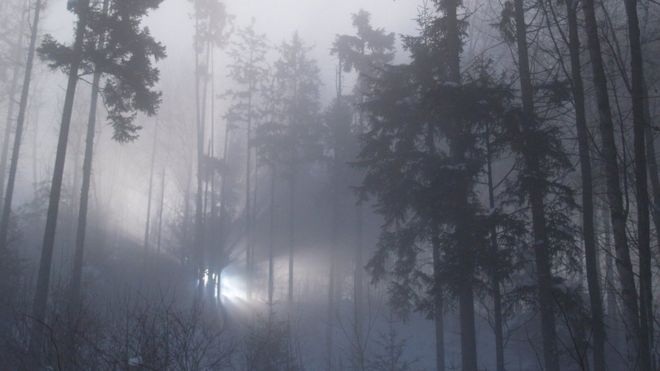
On 26 December 1980, several United States Air Force (USAF) security personnel stationed at RAF Woodbridge, reported that they investigated "lights" in the surrounding forest.
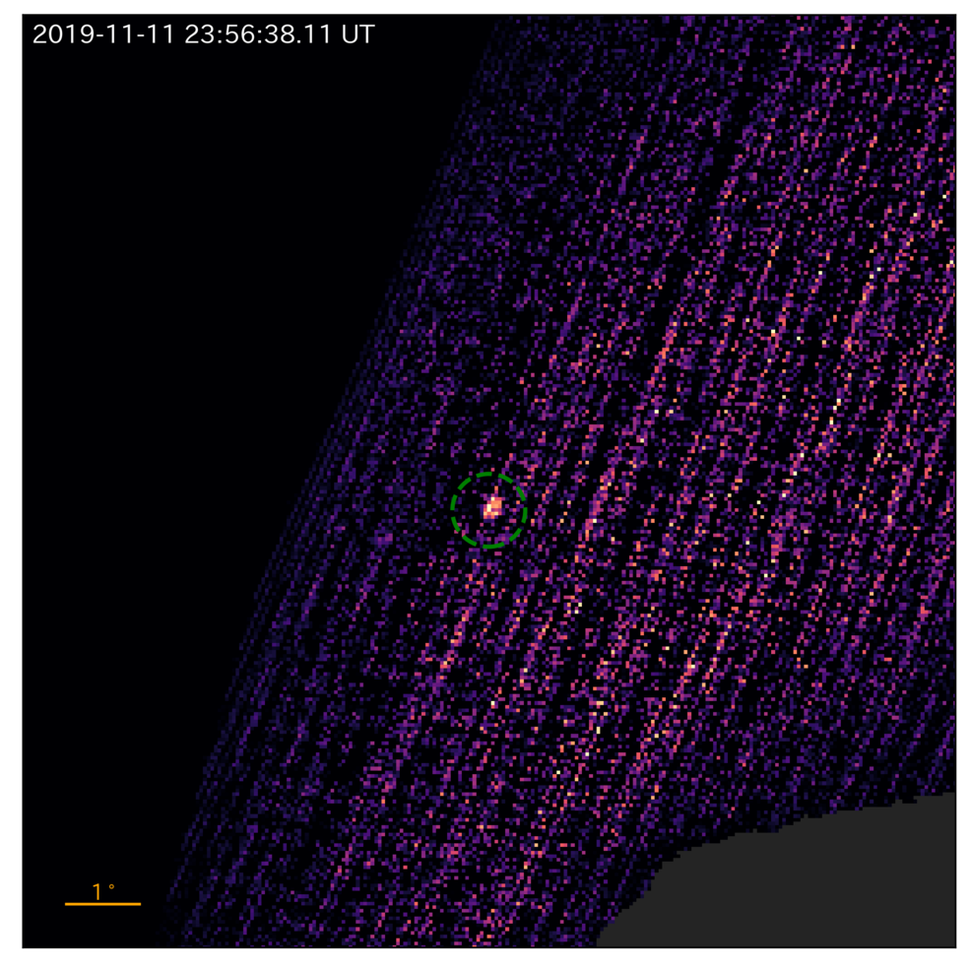
Peering into deep space with an instrument they built, a group of students and researchers caught a surprising glimpse of a newly discovered black hole 30,000 light-years from Earth.
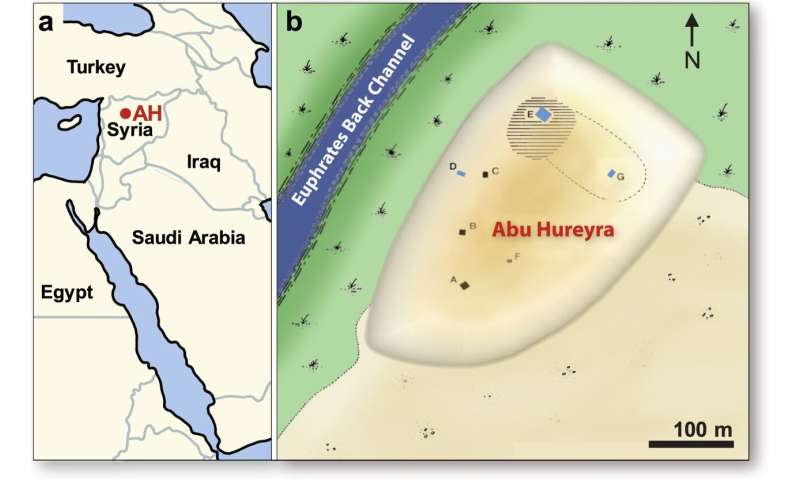
Before the Taqba Dam impounded the Euphrates River in northern Syria in the 1970s, an archaeological site named Abu Hureyra bore witness to the moment ancient nomadic people first settled down and started cultivating crops.
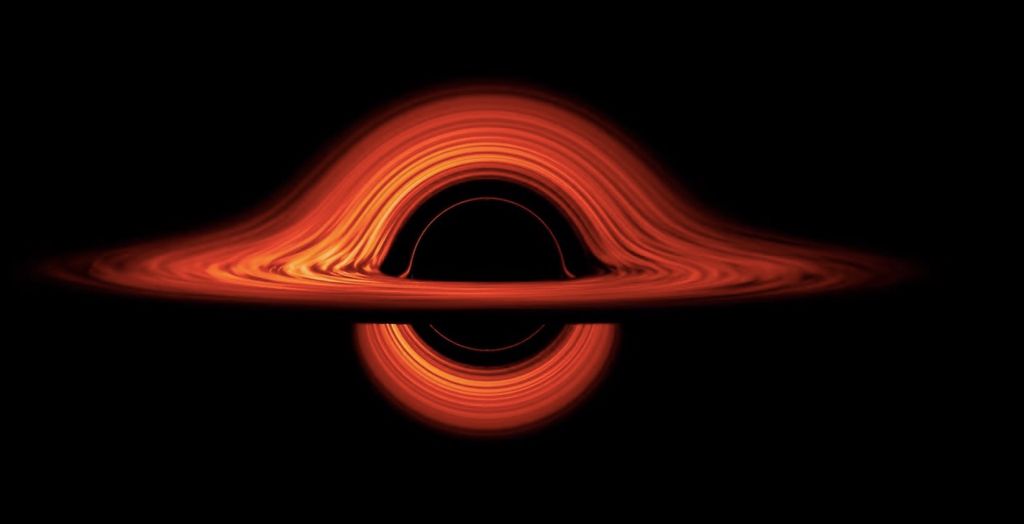
We're used to thinking of possible homes for life on watery worlds orbiting stars like the sun, but a new research paper has found a new potential habitat: a rocky planet orbiting just past the event horizon of a rapidly spinning supermassive black hole.
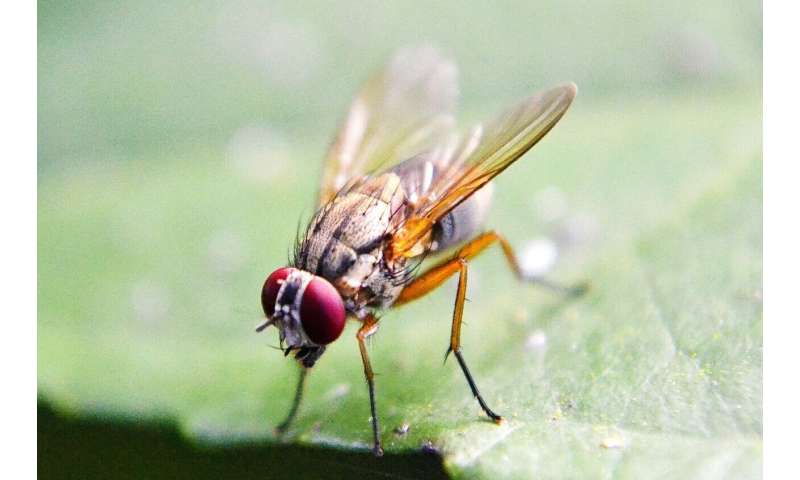
A team of researchers from France, Germany and Belgium has found evidence that neither nature nor nurture leads to personality differences—it is the result of nonheritable noise during brain development.

Field Trip Health is billing itself as the country’s “first medical centre dedicated exclusively to the administration of psychedelic-enhanced psychotherapy.”

Egypt on Thursday reopened the Pyramid of Djoser, the first pyramid ever built, after a 14-year restoration costing nearly $6.6m.
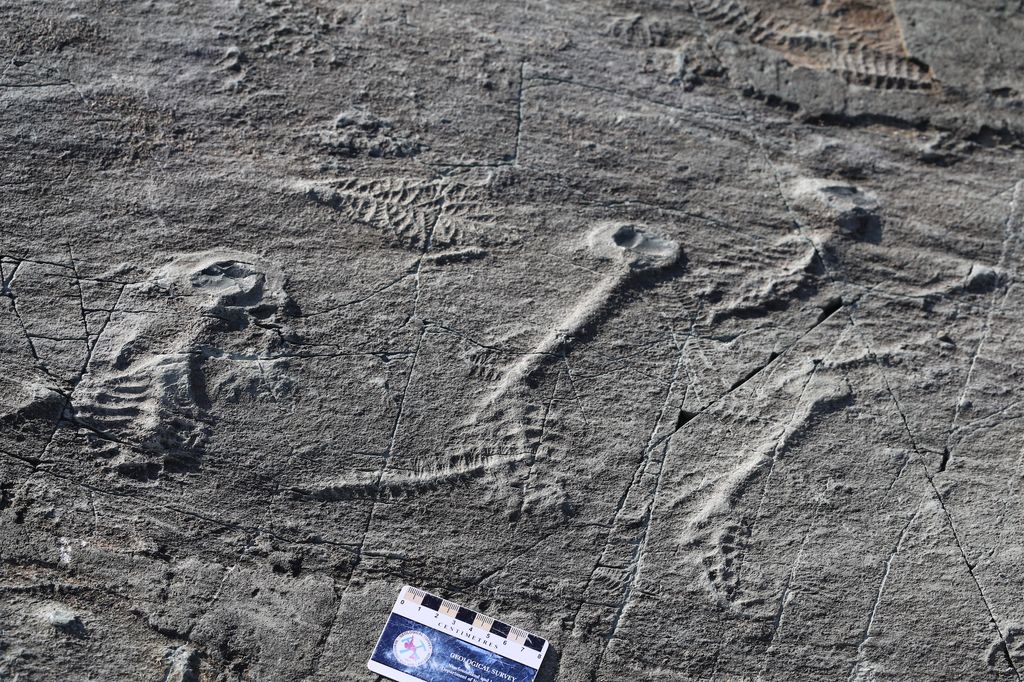
Rangeomorphs had no mouths, guts, arms, legs or reproductive organs, but an ancient "network" of strings may have helped them dominate the ocean floor anyway.
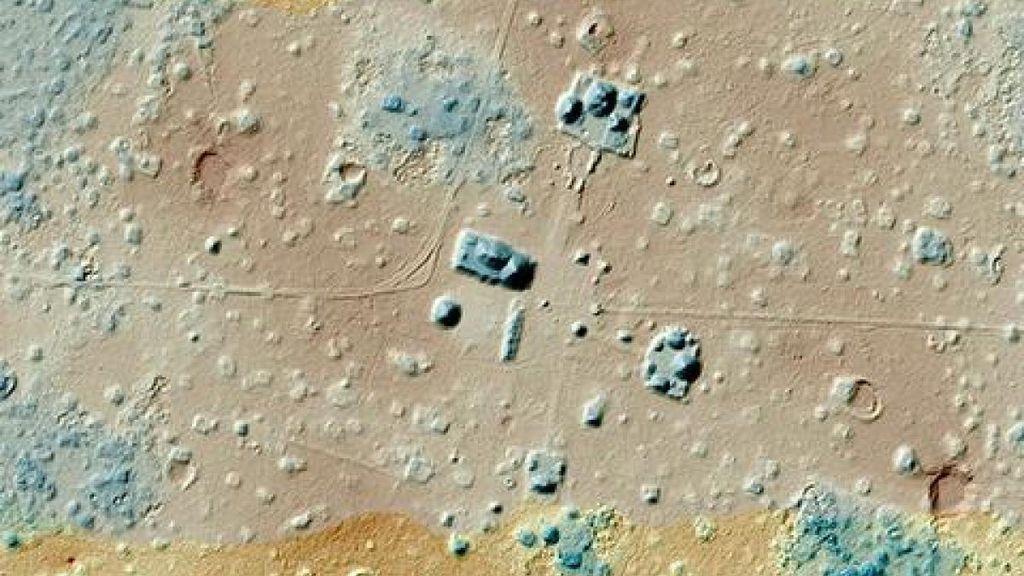
A ruthless Maya warrior queen may have ordered the building of an elaborate road more than 1,000 years ago to invade a distant city and to counter the rising power of another, archaeologists say.
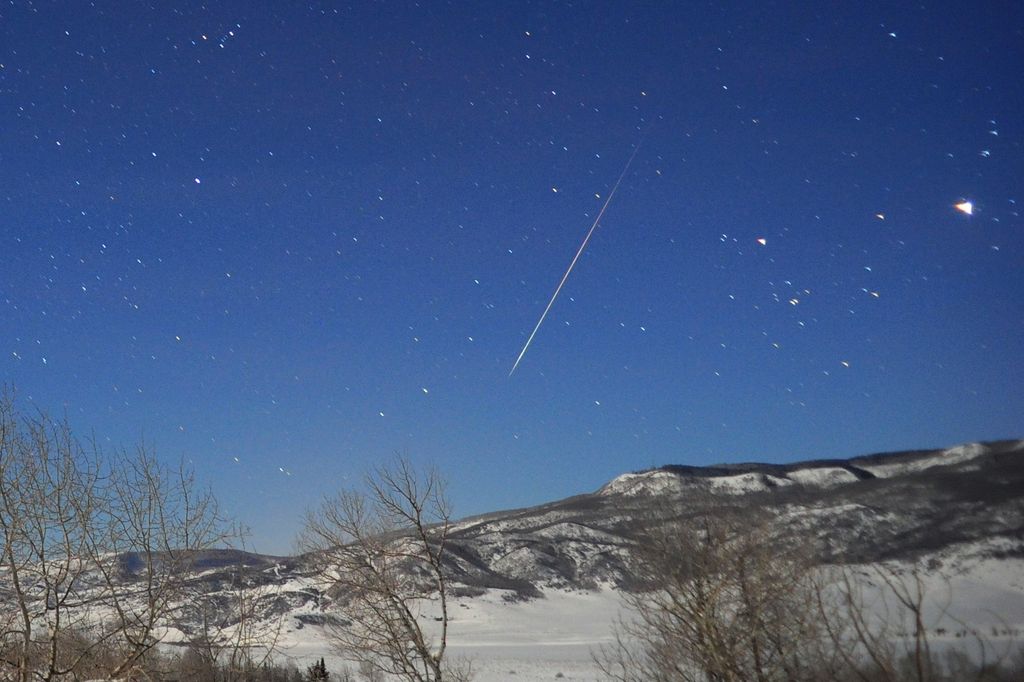
A research team claimed to have found the first known extraterrestrial protein, spotting it in a space rock that fell to Earth 30 years ago.
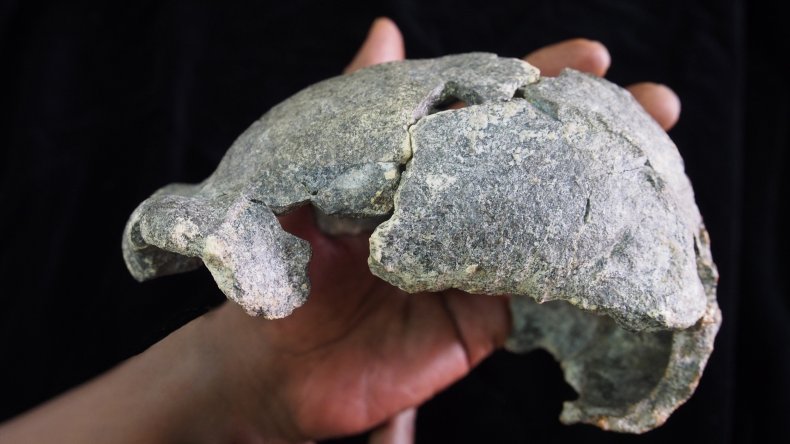
Researchers have uncovered the skulls of two individuals belonging to the species Homo erectus—one of our ancient ancestors—alongside various types of stone tool of differing complexity at a site in Ethiopia, casting new light on the use of technology by early humans.

"It's pretty much the opposite of the usual drug dealer model. This isn't about making money, it's purely about helping people in need."
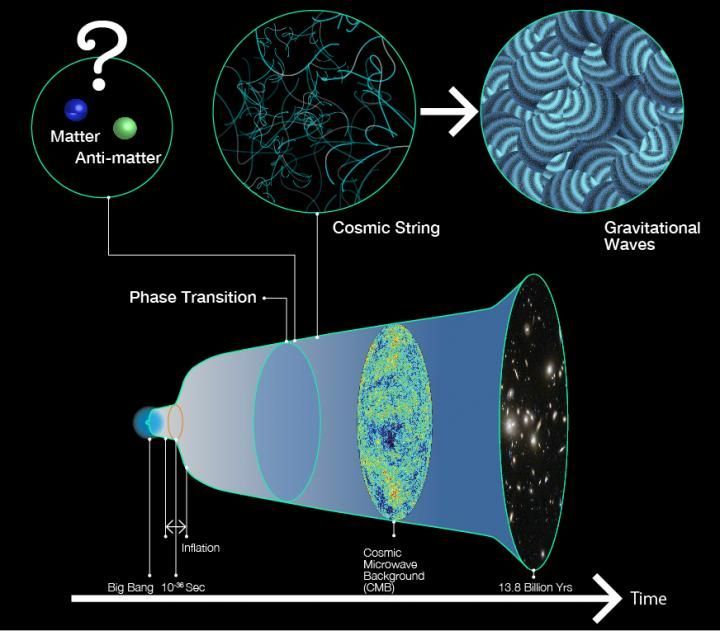
A new study may help answer one of the universe's biggest mysteries: Why is there more matter than antimatter? That answer, in turn, could explain why everything from atoms to black holes exists.

Throughout the U.S., there's a groundswell of interest in decriminalizing psilocybin mushrooms.
:focal(430x289:431x290)/https://public-media.si-cdn.com/filer/f6/c7/f6c76584-dd91-4ebb-8e5b-ce7347b718d8/progetto_senza_titolo.jpg)
The ancient Egyptians had a definite thing for cats. In addition to the domestic felines that dominated many households, big cats like leopards got their fair share of reverence, too—or so a new digital reconstruction suggests.

Scientists have spotted cellular structures—and a substance that behaves like DNA—in cartilage more than 70 million years old.

Scientists have identified a sub-atomic particle that could have formed the "dark matter" in the Universe during the Big Bang.

Patients needing cannabis-based medicines should no longer face long delays in accessing their prescriptions. Changes to importing restrictions mean UK companies can now order and hold more stocks from abroad.

Tracing the origins of horse domestication in the prehistoric era has proven to be an exceedingly difficult task. Horses – and the people who care for them – tend to live in remote, dry or cold grassland regions, moving often and leaving only ephemeral marks in the archaeological record.

What did Earth look like 3.2 billion years ago? New evidence suggests the planet was covered by a vast ocean and had no continents at all.

Researchers have discovered a huge snowman-shaped star with an atmospheric composition never seen before.
The resolution makes investigating and arresting people 21 and older for using, possessing or cultivating among the lowest priority for law enforcement. But on the federal level, hallucinogens are still Schedule 1 drugs. Using them could land you with a felony and a fine of up to $100,000 or more.

The psychedelic revolution has arrived – yet psychologists still have major gaps in knowledge about going on a shrooms trip in the name of mental health.

A young planet located 150 light-years away has given UNSW Sydney astrophysicists a rare chance to study a planetary system in the making.
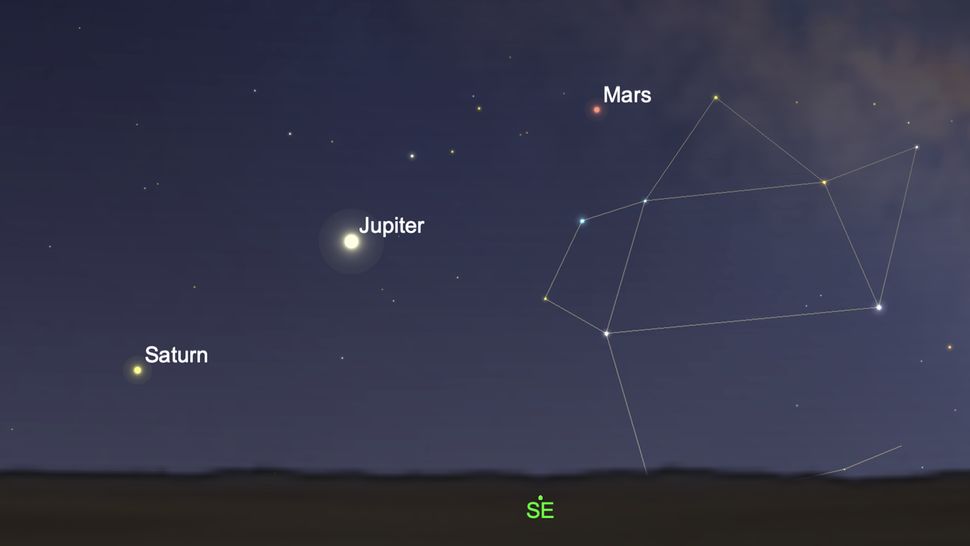
This is a good week to check out progress of the planet Mars as it continues toward an unusually close approach to the Earth in early fall.

A museum sample of a 3,000-year-old Egyptian crop plant yields genomic information that helps researchers track the plant’s domestication and migration.

A compound in weed could help fight off superbugs — and scientists aren’t blowing smoke. The cannabinoid compound has been found to defeat the methicillin-resistant staphylococcus aureus, known as MRSA, according to a study by researchers at McMaster University in Canada.

The debate has raged in the world of paleo-climate research for years: When did the land bridge that once connected Asia and North America flood?

Earth gets a new moon most months, but this month, we got two.

In the dense Amazonian rainforests that sprawl across the Brazilian-Venezuelan border, one of South America’s largest indigenous tribes fears for their future.

We are living through one of the greatest of scientific endeavours – the attempt to understand the most complex object in the universe, the brain. Scientists are accumulating vast amounts of data about structure and function in a huge array of brains, from the tiniest to our own.
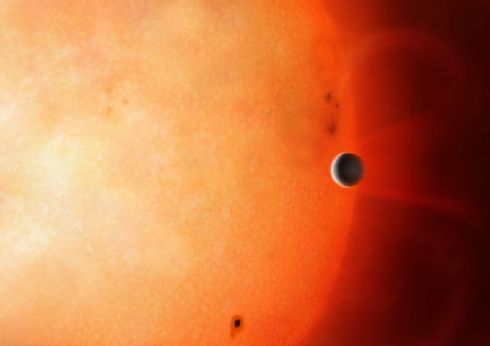
A newly found exoplanet orbits so close to its parent star that it's close to being torn apart by the tidal forces induced by gravity.

At least two different groups of Neanderthals lived in Southern Siberia and an international team of researchers including scientists from FAU have now proven that one of these groups migrated from Eastern Europe.

For the last 46,000 years, a small bird that died during the last ice age has sat frozen, shielded from decay and scavengers, until two Russian men hunting for fossil mammoth tusks discovered its body in Siberian permafrost.

There are many parallels between the psychedelic experience and how computers & modern technology operate. Magic mushrooms are like a technology for hacking consciousness that connect users to a web of infinite information where they can download hidden wisdom.

Last winter, a local farmer in southern Turkey stumbled upon a large stone half-submerged in an irrigation canal with mysterious inscriptions. The stone revealed the story of an ancient, lost civilization that may have defeated King Midas' kingdom of Phrygia in the late eighth century B.C., according to new findings.

The magnetic field in one zone on Mars is about 10 times stronger than scientists expected, and it's changing rapidly.
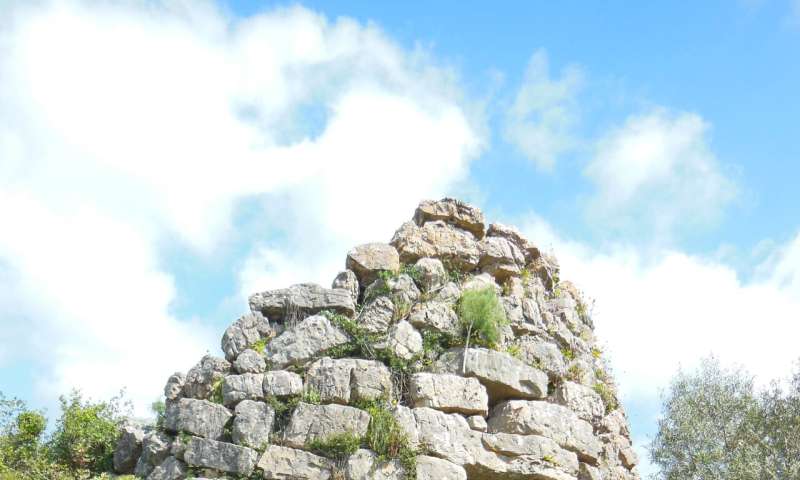
The research, published in Nature Communications, analyzed genome-wide DNA data for 70 individuals from more than 20 Sardinian archaeological sites spanning roughly 6,000 years from the Middle Neolithic through the Medieval period. No previous study has used genome-wide DNA extracted from ancient remains to look at the population history of Sardinia.

More people survived one of the world’s largest volcanic eruptions than previously thought, new research suggests.

Mars may be cold and dry, but it's far from dead. The first official science results from NASA's quake-hunting InSight Mars lander just came out, and they reveal a regularly roiled world.

Using lidar technology to peer through thick vegetation, researchers are learning more about the longest road from ancient Maya civilization

Scientists have discovered the fossils of what may be the oldest green algae ever known. The newfound seaweed — called Proterocladus antiquus — lived about a billion years ago

What could something like plant medicine possibly have to do with leadership? It’s a fair question. The average person would likely consider these subjects to sit at opposite ends of some strange spectrum.

British Egyptologist Dr Nicholas Reeves breathed life into the tale of Tut’s concealed chambers five years ago. He had noticed anomalies in its plastered walls. A ground-penetrating radar scan appeared to confirm his hopes. Egypt’s enthusiastic antiquities minister asserted “90 per cent certainty” the rooms were there.

A new study suggests early farmers in Eurasia brought a more deadly form of salmonella on themselves when they switched from a nomadic lifestyle of hunting and gathering to farming.

The documentary From Shock To Awe details the devastation those soldiers face when returning home from war with shattered lives and insufficient support. Following the transformational journey of two combat veterans suffering from severe post-traumatic stress syndrome as they abandon pharmaceuticals to seek relief through the mind-expanding world of psychedelics.
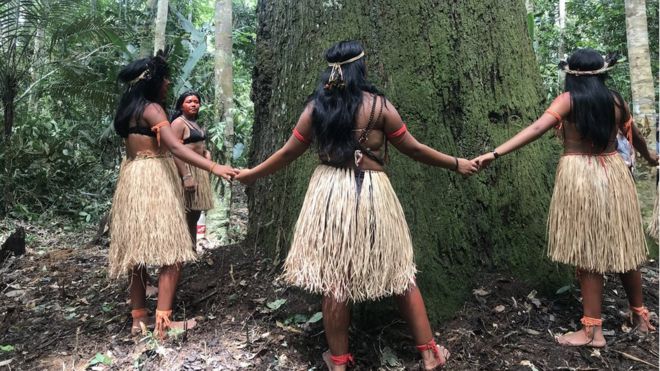
Deforestation in the Amazon rainforest is advancing at worrying levels. In January, the area lost was double that in the same month in 2019, according to official figures.

For decades, the remains of thousands of Native Americans have been resting at a university in Tennessee. But this spring, they will finally go home.

MIT engineers devise a decision map to identify the best mission type to deflect an incoming asteroid.

After a discovery was made inside a cave in southern Germany, researchers identified what is believed to be the oldest-known musical instruments in the world.

A starry night scene captured at the end of summer from the Dark Sky Alqueva reserve in Portugal shows the Milky Way's galactic arc shimmering above a dead tree in Noudar Park.

The theory of panspermia — the idea that simple life can travel from world to world — is back in the limelight after several interstellar objects were discovered in our solar system.
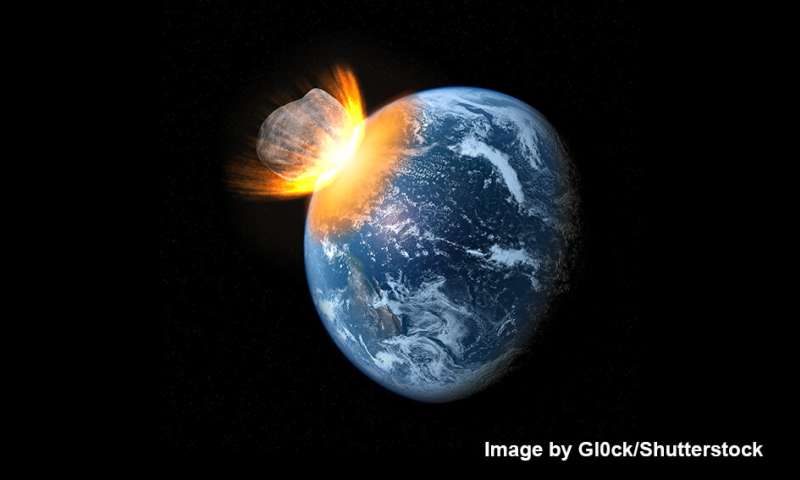
University of Tsukuba researchers have linked elements that are enriched in the Cretaceous–Paleogene (KPg) boundary clays from Stevns Klint, Denmark, to the impact of the asteroid that produced the Chicxulub crater at the Yucatán Peninsula, Mexico.

Archaeologists have discovered 83 graves from ancient Egypt, but the human remains weren't interred in sarcophagi, as is often the case. Rather, the deceased were buried in clay coffins, according to the Egyptian Ministry of Antiquities.

LightSail 2 has been orbiting Earth for eight months now, and it has captured some stunning shots of our home planet during that time.

After decades of effort and untold millions invested in the search for an effective treatment for Alzheimer’s, the disease remains unchecked and rampant. Eleusis is investigating the anti-inflammatory potential of psychedelics as medicines, specifically the application of sub-perceptual doses of LSD in halting the progression of Alzheimer’s disease at its earliest detectable stage.
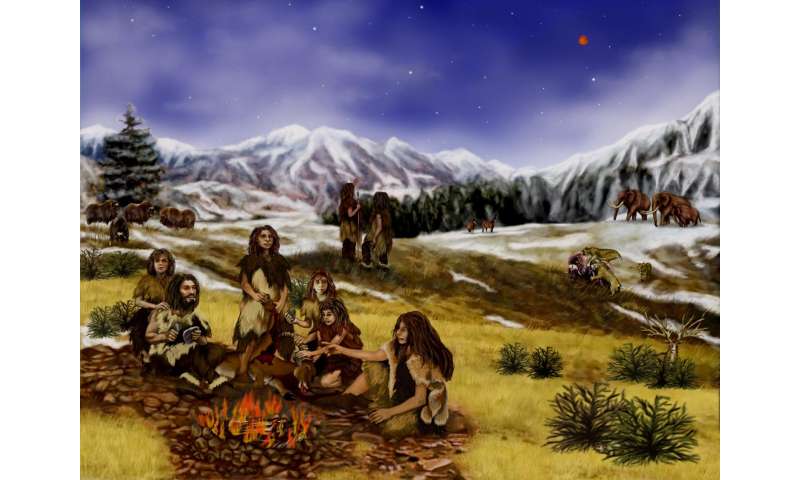
For three years, anthropologist Alan Rogers has attempted to solve an evolutionary puzzle. His research untangles millions of years of human evolution by analyzing DNA strands from ancient human species known as hominins.

The search for present-day life on Mars is heating up. And for good reason: An improved knowledge of Mars' geologic diversity and history, a better appreciation of life in extreme environments here on Earth, and a sharp focus on sensitive life-detection measurement methods are all bolstering the Mars-life hunt, giving scientists more reason to think that they just might find something.
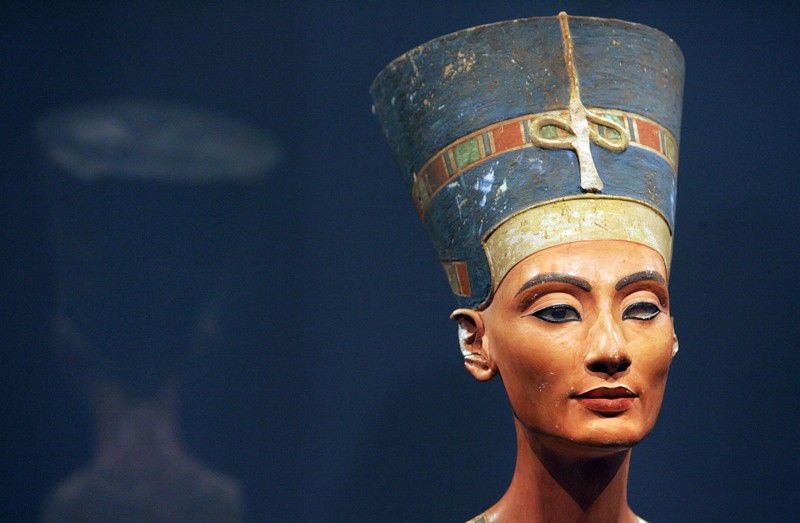
A radar survey around the tomb of Tutankhamun in Egypt’s Valley of the Kings has revealed possible evidence of further hidden chambers behind its walls.

Analysis of Paleolithic-era teeth from a 28,500-year-old fossil site in the Czech Republic provides supporting evidence for two groups of canids -- one dog-like and the other wolf-like -- with differing diets, which is consistent with the early domestication of dogs.

Ever since Eve’s transgression in the Garden of Eden, snakes in Christian tradition have been associated with lies, evil and temptation. But in other cultures, as far-flung as ancient Greece and Egypt and indigenous North America, snakes symbolize fertility, rebirth, renewal and even immortality.

A Neanderthal skeleton unearthed in an Iraqi cave already famous for fossils of these extinct cousins of our species is providing fresh evidence that they buried their dead - and intriguing clues that flowers may have been used in such rituals.
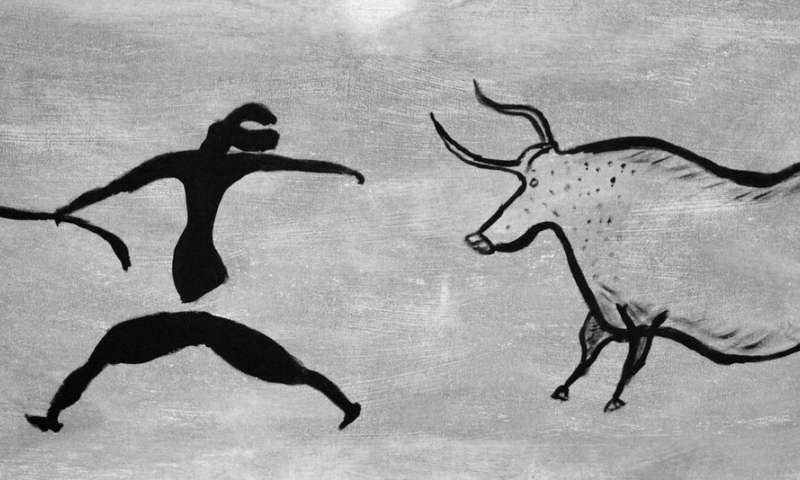
A team of researchers from Denmark, Australia and South Africa has found evidence that suggests stone-age etchings found at two sites in South Africa were created with aesthetic intention and that they evolved over time.
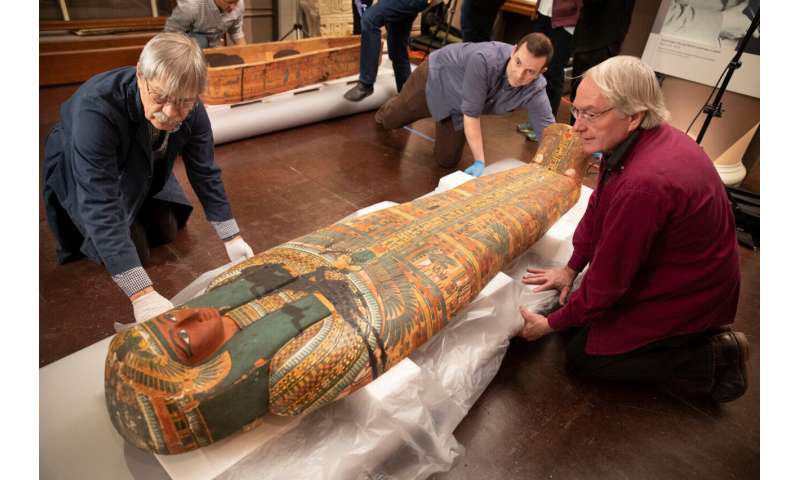
Three men, one at each end and one at the middle, slowly and gingerly lifted the wooden lid as if handling a giant eggshell. Quietly offering each other direction and status reports, they glided a few steps and placed the lid atop a Styrofoam support structure for safekeeping.

A game board that dates back to before the reign of the pharaoh Hatshepsut may represent the transformation of the game senet from fun pastime to religious symbol.

The UQ-led study published in Nature Communications includes the earliest evidence of Homo sapiens use of plant foods outside Africa and the Middle East.

Scientific knowledge, whether about a human species or the planets, is powerful because it is provisional and cumulative.
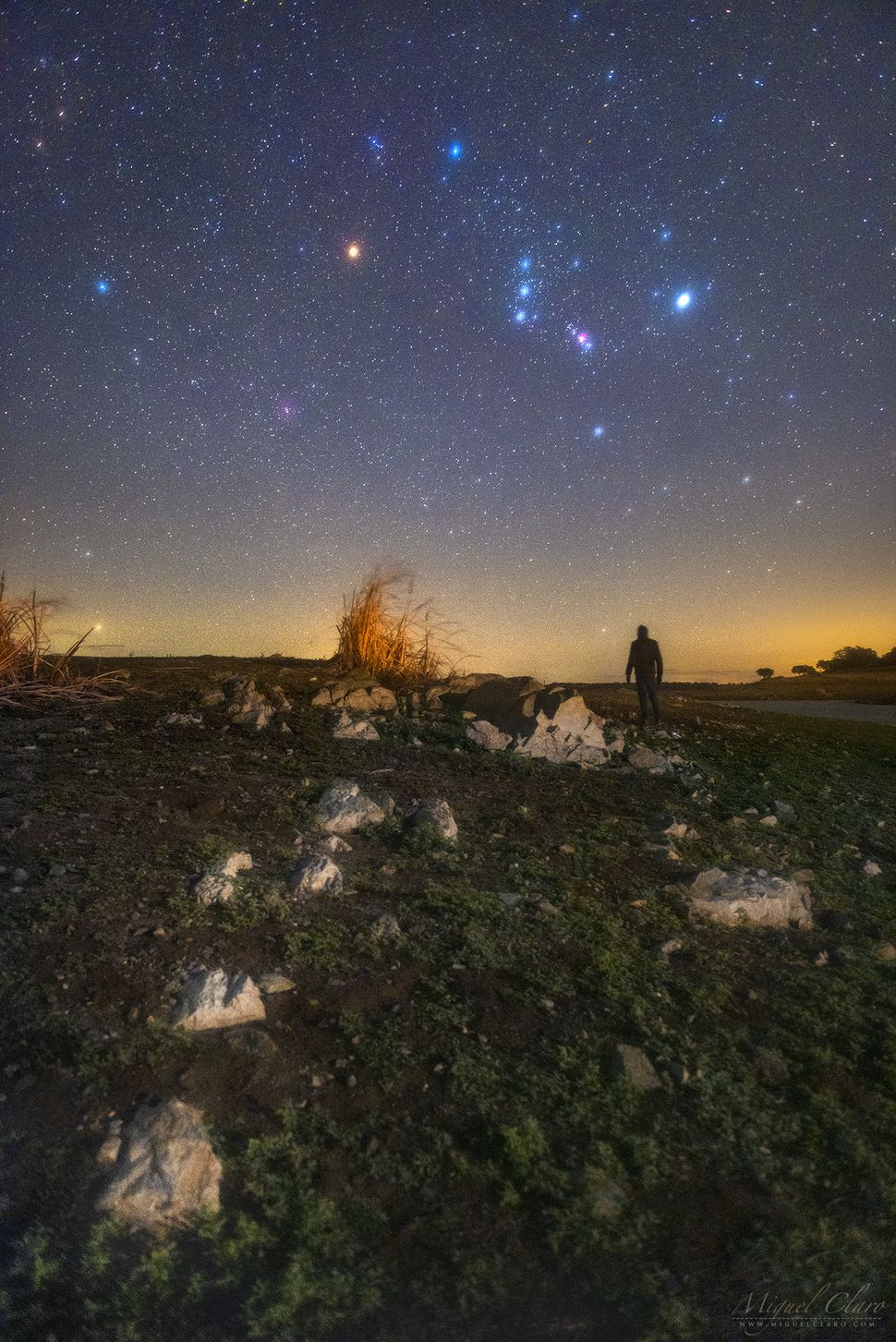
According to an article published by National Geographic last December, "decades of photometric data show that Betelgeuse brightens and dims in cycles, with one notable cycle vacillating on a roughly six-year time scale and another rising and falling every 425 days or so."

As the waning crescent moon rises in the small hours of the morning of Tuesday, Feb. 18, skywatchers will be preparing for an unusual event. That morning the moon glides in front of orange, starlike planet Mars for viewers in much of central and eastern North America, in what is known as an occultation.

Alien hunters are scaling up their efforts in the search for an intelligent civilisation somewhere out in the void of space. Experts at the SETI Institute, an organisation dedicated to tracking extraterrestrial intelligence, are developing state-of-the-art techniques to detect signatures from space that indicate the possibility of extraterrestrial existence.

Medical cannabis was legalised in the UK in November 2018, allowing doctors to prescribe it in certain situations. Sapphire Medical Clinic plans to be the first clinic to "prescribe medical cannabis for all conditions acknowledged to benefit".
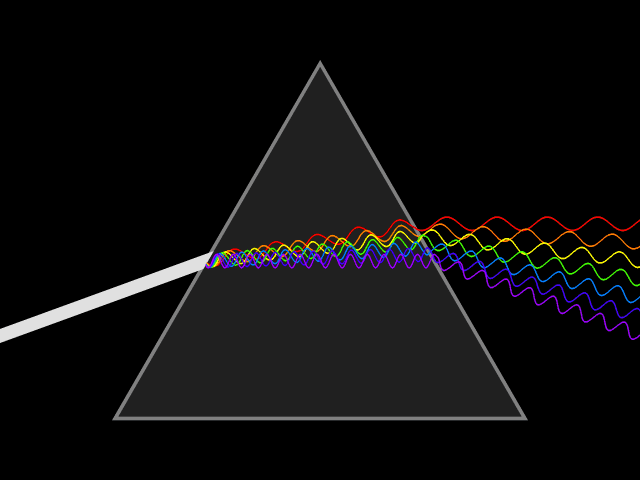
Prisms are fascinating: White light goes in and a rainbow comes out. But for a long time, people assumed that the prism was somehow generating those colors.

It’s red, it’s cold, it’s 4bn years old: Nasa data from Arrokoth reveals ‘profound truths’ about the solar system
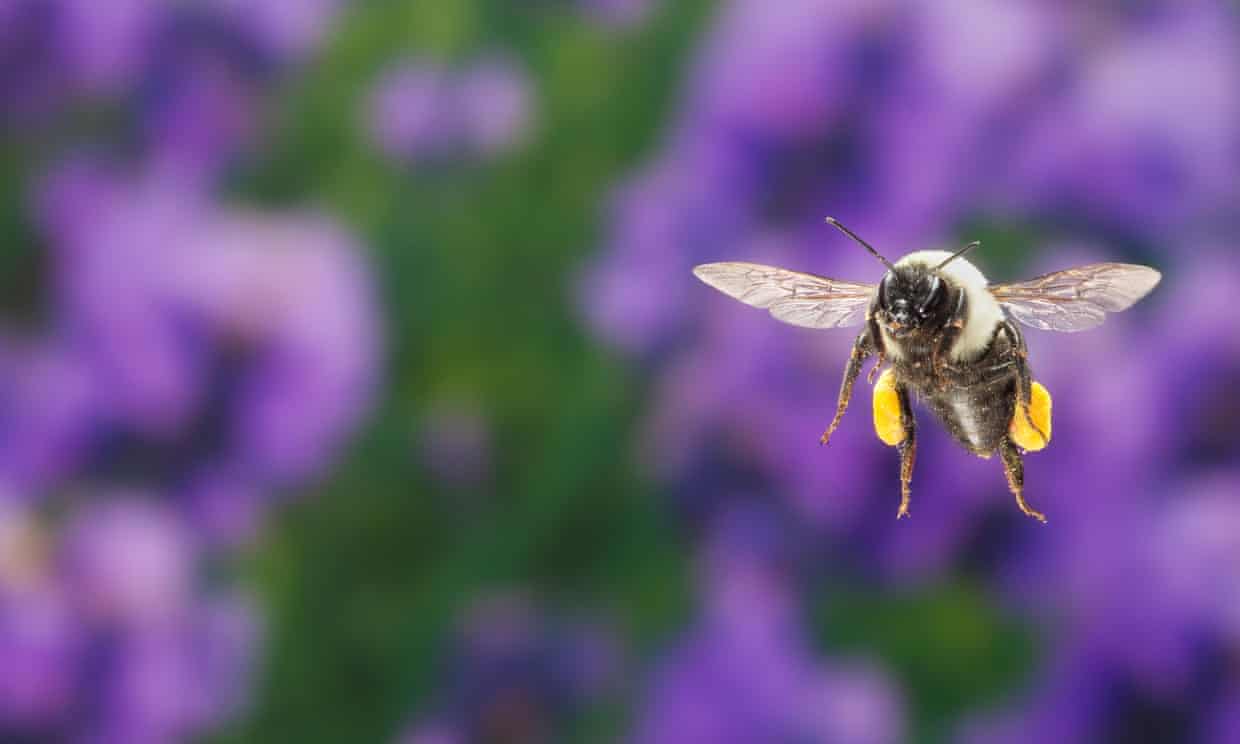
The oldest love affair in history is between the bee and the flower. It began more than 100m years ago, when nature devised a more efficient way than winds for plants to procreate.

Nearly 66,000 marijuana convictions in Los Angeles County will be dismissed thanks in part to state laws that paved the way for the action, the county district attorney said Thursday.

Humans love finding ways to alter their consciousness, and psychedelic plants have long provided a way to do so. Why do these plants produce intoxicating compounds?

ESA's Planetary Defence team observed the rare moment in which an object escaped our planet's gravity, in contrast to their normal objects of study—potentially hazardous rocks that could strike it.

The Pueblo people created rock carvings in the Mesa Verde region of the Southwest United States about 800 years ago to mark the position of the sun on the longest and shortest days of the year, archaeologists now say.

Manuel Berdoy ponders what we as a species want and who we actually are.

Scientists have found evidence for a mysterious “ghost population” of ancient humans that lived in Africa about half a million years ago and whose genes live on in people today.
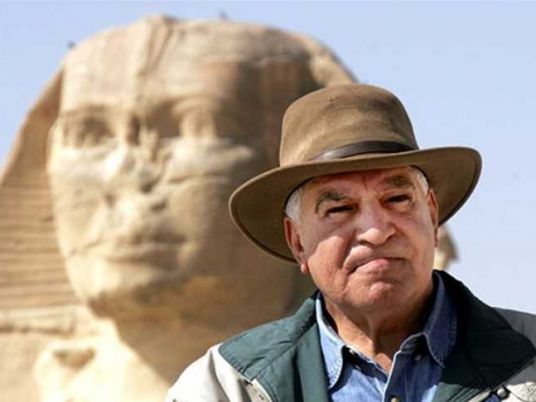
Prominent Egyptologist and former Minister of Antiquities Zahi Hawass implored Minister of Education Tarek Shawky assign schools to begin teaching ancient Egyptian hieroglyphs, during a television interview with the “Al-Hayah al-Yom” program on Tuesday.

Scientists have discovered an asteroid with such a strange surface that they have named it the "golf ball". The rock is the most heavily cratered object ever to be seen in the asteroid belt and is "like discovering a new world", according to the researchers who found it. And in addition to the strange holes, it also has a mysterious "bright spot" on its surface.

Long ago, four giant beings arrived in southeast Australia. Three strode out to other parts of the continent, but one crouched in place. His body transformed into a volcano called Budj Bim, and his teeth became the lava the volcano spat out.

TEHRAN - A total of 59 caves and rock shelters, estimated to date from the Paleolithic era, have recently been discovered in an archaeological survey carried out near the city of Izeh, southwestern Khuzestan province.
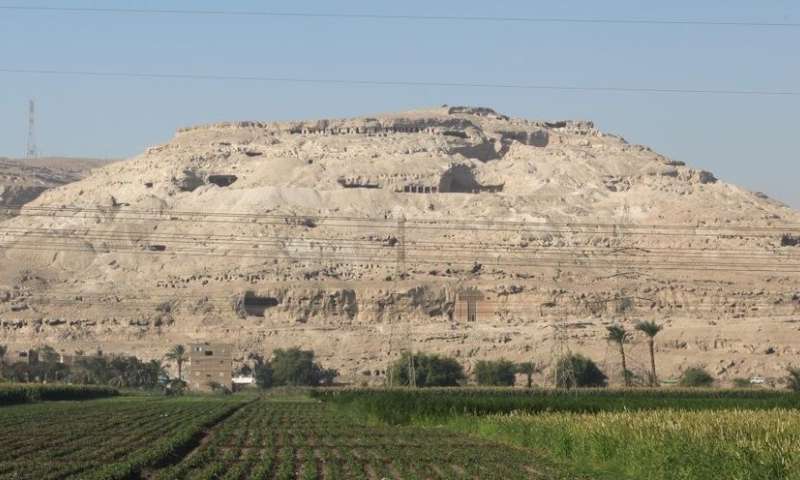
About 4,000 years ago, Asyut was an important cultural center in Middle Egypt. The ancient city with its temples, palaces, libraries, and houses later disappeared under Nile flood sediments and modern construction, which is why its sights have never become as popular as those in Thebes or Luxor.

The hidden undersea continent of Zealandia underwent an upheaval at the time of the birth of the Pacific Ring of Fire.




